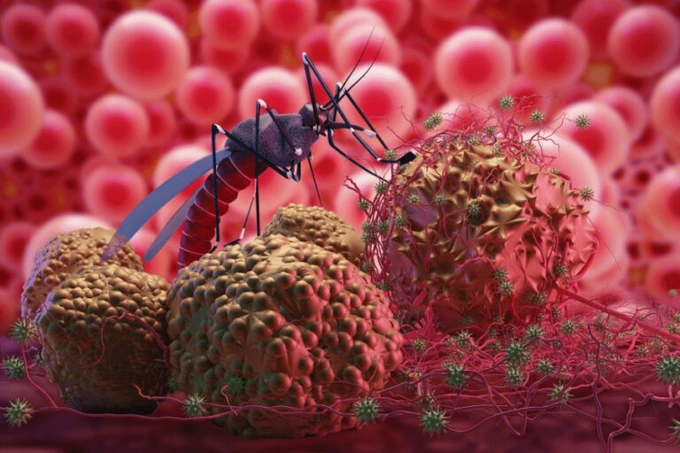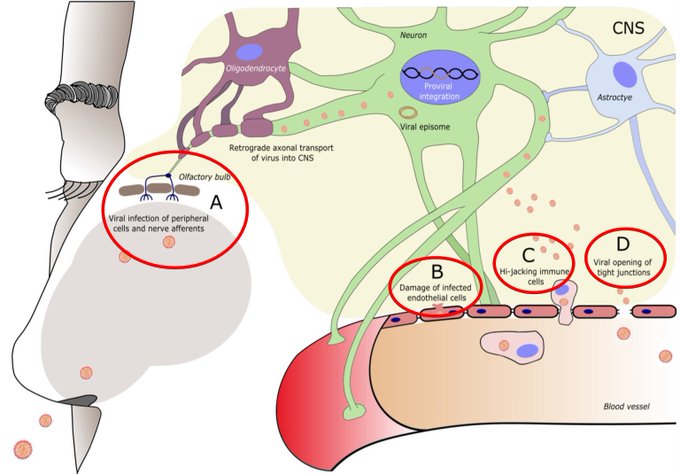
Even if the Zika virus is making less headlines, it is still a concern. It was first brought to the attention of the world during the 2016 epidemic. Even while it might not be the big story these days, fresh study indicates that we should nonetheless be on the lookout. What you should know is as follows:
The Zika crisis of 2016:
As a result of maternal infection during pregnancy, hundreds of infants were delivered with neurological impairment, which sparked widespread alarm.
The main way that the virus is transmitted is via bites from Aedes mosquitoes, which are common across the Americas and certain regions of Asia.
While Zika causes modest symptoms in most cases, it can have disastrous effects on developing babies.

Shapeshifting Potential:
According to a recent research conducted by US experts, Zika might be only one mutation away from starting a second, equally destructive outbreak.
The virus possesses an amazing capacity for mutation, which might result in new strains that are immune-evading.
If a modified form of the virus appears, even nations that have already had Zika outbreaks could not be secure.
The Microcephaly Connection:
The effects of zika on fetuses provide the most risk. The virus can damage the growing baby’s brain tissue and cause microcephaly, or an unusually tiny head, if a pregnant mother catches it.
Although the virus is mostly spread by mosquitoes, it can also be transmitted sexually.
#WATCH | Pune, Maharashtra: Pune Municipal Corporation Health Officer, Kalpana Baliwant says, "Seventh positive case of Zika virus has been reported in Pune…We are controlling the vector responsible for the disease…Container surveys are being done in the vicinity of the… pic.twitter.com/5tRM75NdLP
— ANI (@ANI) July 2, 2024
Vigilance Beyond COVID-19:
Other infectious risks should not be overlooked while the globe struggles with the COVID-19 pandemic.
A major issue would be presented by the return of Zika, particularly in areas where Aedes mosquitoes are prevalent.
#SwipeToSee | The Zika virus has resurfaced with six cases in the Pune city, Maharashtra. This mosquito-borne virus is somewhat similar to dengue fever, yellow fever and West Nile virus.
— Jagran English (@JagranEnglish) July 2, 2024
Read More: https://t.co/FSTAR7RksY#ZikaVirus #Maharashtra #Virus #Mosquito #Pune pic.twitter.com/slHDd6o8Aw
To sum up, Zika is still a sneaky enemy that needs constant study, observation, and public health readiness. Let’s continue to be aware and watchful. 🦟🌍










